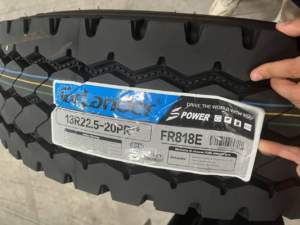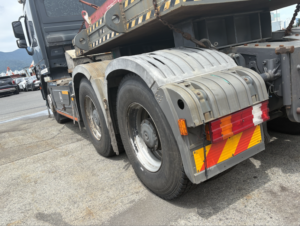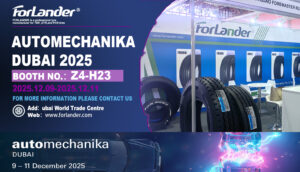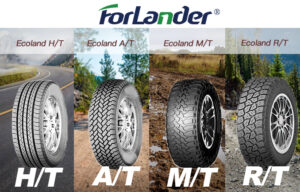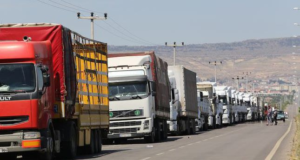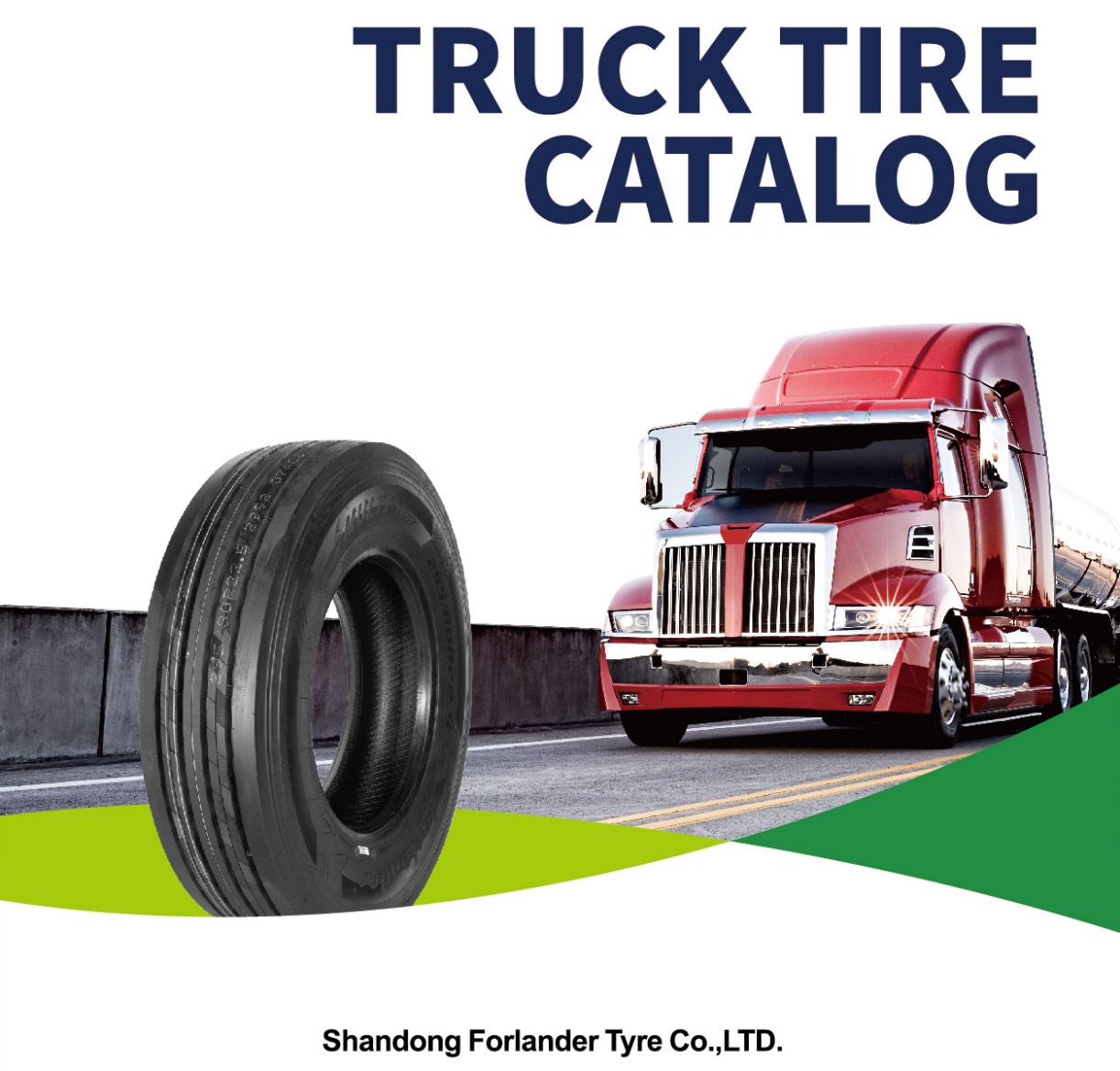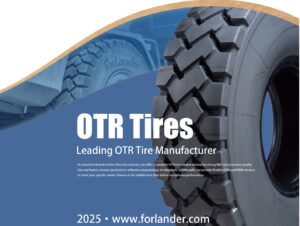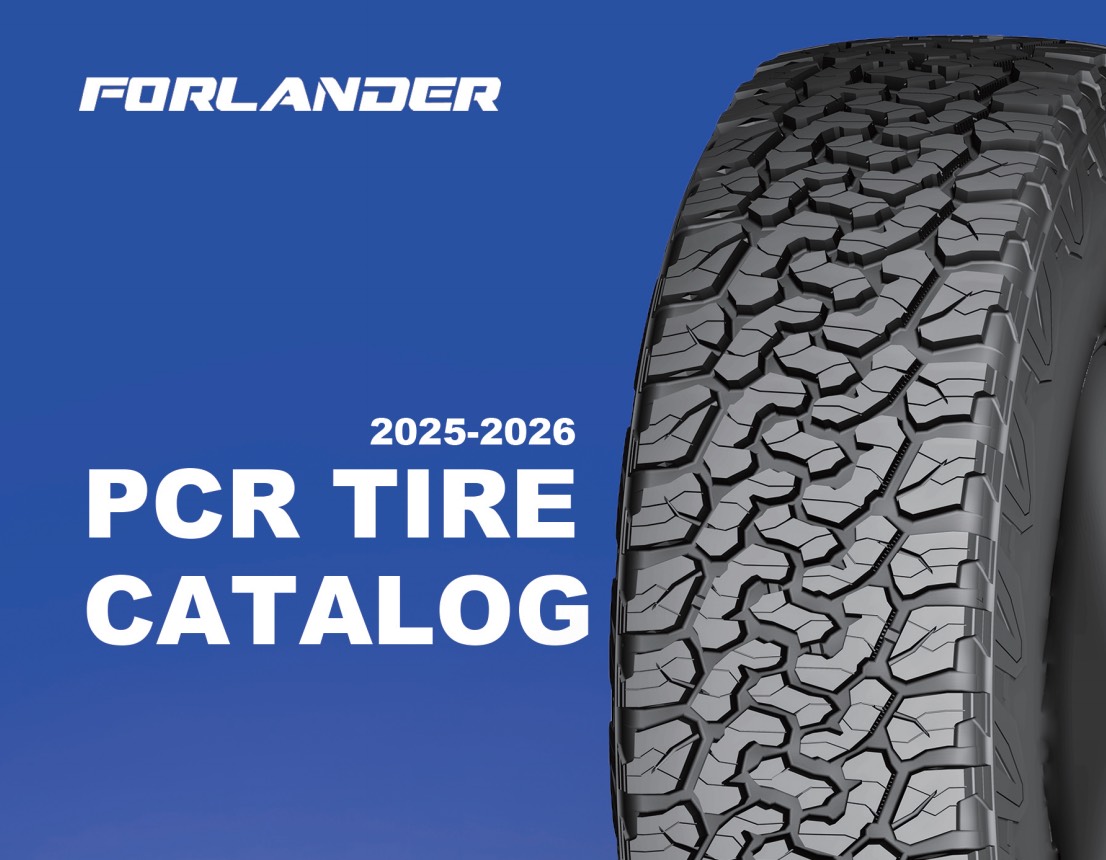Introduction
The article mainly explains the difference between Forlander tire 16 PR tire and 18PR Tire. The PR value of a tire is an important indicator of the tire’s load-bearing capacity and durability, not the actual number of plies of the tire. Tires with different PR values have different load-bearing capacity and air pressure standards. Therefore, when choosing tires, you need to consider factors such as the truck’s load requirements, usage environment, and road conditions. Therefore, it is an important step to evaluate the truck’s load requirements, usage environment, and road conditions to select tires that suit your specific needs. In addition, the article also introduces the respective advantages of Forlander tire 18PR and 16PR. 18PR is suitable for high-intensity trucks, and 16PR is suitable for long-distance economical trucks.
I.Understanding Tire Ply Rating
In fact, the “mysterious number” of the tire layer is not mysterious. It represents the number of layers of the truck tire. Let’s first look at a set of Forlander 13R22.5 20PR tire. In this set of specifications, 13 represents the cross-sectional width of the tire, R is the radial tire, 22.5 is the diameter of the wheel hub, and 20PR represents the tire layer.
Tire ply and number are specific strength indicators that a tire can withstand the maximum load under actual use conditions. It does not necessarily represent the actual number of layers of fabric.In fact, in addition to the tire specifications and dimensions, the sidewall of the truck tire must also be marked with the tire ply number. This is because it is an important indicator of tire strength and has a huge impact on tire performance.
So does 18PR mean there are 18 plies in the tire?
The nominal number of plies in the tire rubber layer is not exactly the same as the actual number of plies. The ply number refers to a tire with a carcass made of high-strength material cords, and its load performance is equivalent to that of a tire ply with a carcass made of cotton cords. number.
II.What Is Key Differences Between 16PR and 18PR Tires?
The layer of the tire represents the strength of the tire to a certain extent. This is mainly because cotton cord was the first to be used to make carcass cords. Since then, international practice has used cotton cord layers as the benchmark for expressing the number of tire layers. Different levels have different load capacities of tires. Level 1 represents the strength of 1 layer of cotton cords, level 18 represents the strength of 18 layers of cotton cords, and level 16 represents the strength of 16 layers of cotton cords.
When we buy and sell tires, we often find that even tires with the same specifications have different load capacities due to different number of layers. Therefore, we need to pay attention to the numbers before the two letters “PR” when providing tires to customers, because tires of different levels cannot be used on the same axle.
Tires with different levels have different corresponding air pressure standards. If they are forcibly mixed together, the inflation pressure will be inconsistent and the tires will deform differently, which can easily cause danger when driving under high loads and high speeds.
The same type of tire has different load capacities due to different layers. Not only that, the same type of tire, different layers, load-carrying index and standard tire pressure are different. Of course, the prices are also different. What is the difference between the 16PR and the 18PR? The difference is in the above aspects. Generally, tires with fewer layers will be cheaper.

III. Considerations When Choosing Between Forlander 16PR and 18PR Tires
Is the higher the tire grade, the better?
The answer is definitely no. Although the higher the level of the tire, the higher the strength of the tire and the stronger its ability to withstand heavy loads, but it is not suitable for all cars and vehicle needs. Excessive pursuit of levels will be counterproductive.
Forlander tire’s load-bearing capacity: Forlander18PR tire has a higher load-bearing capacity than 16PR tire. The higher the PR value, the greater the load the tire can withstand. Therefore, if your truck has a heavy load, 18PR tires may be more suitable.
Durability of Forlander tire: Forlander18PR tire is more durable than 16PR tire. The more layers, the stronger the tire structure and can better cope with various road conditions and usage environments. If you drive in poor conditions, 18PR tires may be more suitable.
Forlander tire air pressure standards: Tires of different PR levels have different air pressure standards. 18PR tires generally require higher air pressure to maintain their daily performance. Ensuring the correct air pressure is critical to extending the life of your tires.
Price: Generally speaking, the price of Forlander 18PR tires will be higher than that of 16PR tires. This is because 18PR tires have higher load-bearing capacity and durability and also require more materials and processes, which may lead to higher costs.
Here are a few points to note when choosing between 16PR and 18PR tires:
Truck load requirements: If your truck often pulls heavy loads, 18PR tires may be more suitable.
Road Conditions: If you frequently drive on rough surfaces such as construction sites or gravel roads, 18PR tires can handle it better. If you primarily drive on smooth highways, 16PR tires may be a good choice.
Conclusion
The article focuses on the differences between Forlander 16PR and 18PR tires. The PR value represents the load-bearing capacity and durability of the tire, not the actual number of layers. When choosing the right tire for your needs, you need to consider the truck’s load, usage environment and road conditions. Different PR values will lead to differences in load capacity, air pressure standards, prices, etc. High-ply tires are not suitable for all vehicles and needs, and excessive pursuit of ply may be counterproductive. The article introduces the advantages and characteristics of different levels of Forlander tires. Therefore, considering factors such as the vehicle’s load capacity, usage environment, and road conditions, choosing the right tire is the key to ensuring the best match between performance and safety.


